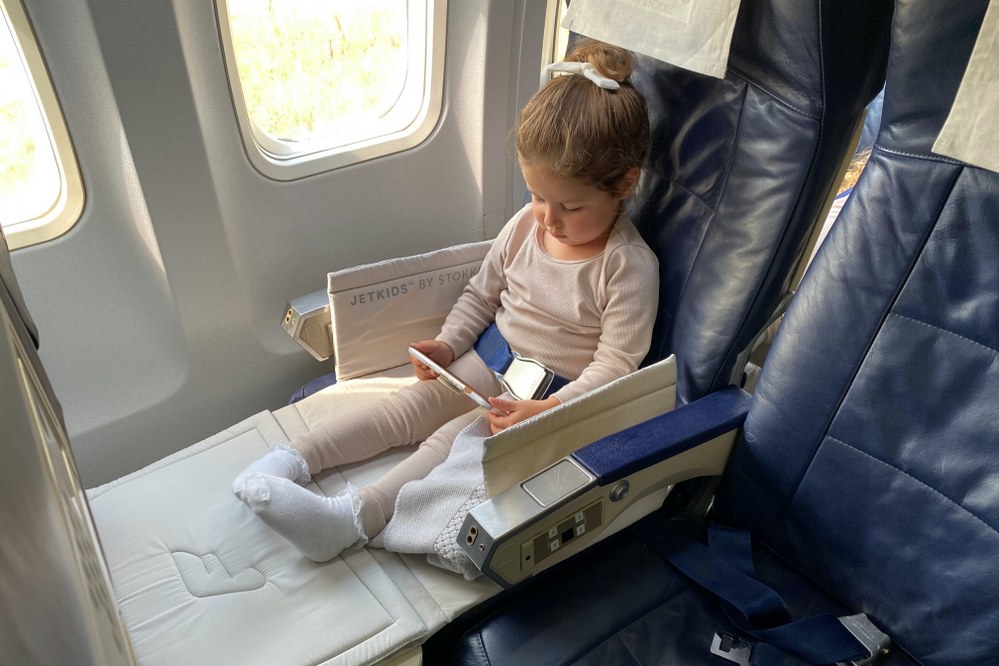Copying someone else’s work or stealing someone else’s original ideas is unethical. But where is the line between imitation and theft? Plagiarism is a topic that has gained a lot of attention in recent years. Copying someone else’s work without giving them credit and presenting it as your own can have serious consequences. If you suspect your child is plagiarising knowingly or unknowingly, there are steps you can take to prevent this from happening. Aside from educating your child about the consequences of copying other people’s work, you can also check plagiarism in their papers through the use of online tools. But first of all, here is everything parents need to know about plagiarism:
What is plagiarism?
Plagiarism is the act of stealing or using someone else’s ideas, creations, texts, or materials without giving them credit. Thereby the author implies that they are the original creator of the work. The term “plagiarism” has its roots in the Latin word for “thief.” It is a form of theft and a breach of integrity.
In order to be able to identify if work has been “stolen”, it is important to understand the different types of plagiarism:
1. Complete plagiarism:
This is the most serious type of plagiarism, where someone copies an entire work of another person and submits it as their own.
2. Direct plagiarism:
This involves using someone else’s paragraphs or sections in your work without giving credit where appropriate.
3. Autoplagiarism or self-plagiarism:
This happens when someone submits the same work for different assignments.
4. Paraphrasing:
When you present another person’s ideas, developments, and materials in your own words, but without acknowledging the original source, this is considered paraphrasing.
5. Patchwork plagiarism:
This is a sneaky type of plagiarism where someone mixes someone else’s words or ideas into their own work without giving proper credit.
In addition, it’s important to note that when work is marked, a distinction between intentional and accidental plagiarism is made. Intentional plagiarism is when someone deliberately copies someone else’s work without giving credit. In the case of accidental plagiarism, your child might have unintentionally used someone else’s work, rushed their work without quoting their sources, or was simply not aware that the way they have written their work is considered plagiarism.
Why is it important to teach your kids about plagiarism?
Raising our children as responsible digital citizens can be a challenge. Unlike previous generations, our kids have all the information they could possibly need right at their fingertips. The internet provides an endless number of resources, and answers to any question imaginable. Unfortunately, it also leads to work being plagiarised, both accidentally and intentionally. It is therefore important for children as well as for parents to understand what constitutes plagiarism. As parents, we should teach our children from an early age, when and how to use an idea or phrase they found online for their schoolwork, so that they do not fall victim to plagiarism when they get to an age where teachers and tutors will take serious issue with it.
It’s like learning the rules of the road before you get behind the wheel. If your kids do not learn how to write plagiarism free content, it is just a matter of time before they crash. They will fail their exams or degree or could get expelled from university. Learning about the different types of plagiarism and how to avoid unintentional mistakes will help your child and protect their academic reputation. It will, in fact, not just safeguard their academic pursuits, but also instil in them the importance of respecting other people’s intellectual property.
Why is plagiarism a hot topic at schools and universities?
Outside school and university, plagiarism is often considered a harmless act. Web content is copied endlessly and scrupulously by news outlets and bloggers, with little consequence. So, why can our children not use the information available online for their schoolwork and university papers?
In academia, plagiarism is considered intellectual theft, and this can result in serious repercussions, such as legal issues and academic penalties. Violating the rights of creators and authors deprives them of the acknowledgment they are entitled to. Plagiarism not only hinders creativity and original thinking, but also inhibits growth and innovation. Why come up with new ideas when you can just steal someone else’s? So, whenever your child uses someone else’s work, they must understand where the ideas came from and credit the source to prevent any negative impact on their academic future, such as disciplinary measures, failing their grades or degree, or being expelled.
Why is plagiarism in academia so bad?
Plagiarism is a dishonest practice that undermines the hard work of others. It involves copying someone else’s words, ideas, and content without giving credit to the original creators, whether intentionally or by accident. Although it is illegal in some countries, making it a criminal offence, it is not illegal as such in the UK, except in certain cases of copyright infringement. These can lead to legal consequences, such as lawsuits and fines.
Here are some of the reasons, why plagiarism is unacceptable:
- Copying other people’s work results in unoriginal work that lacks new ideas and proposals. Instead of carrying out a comprehensive analysis and study of all relevant materials, the author resorts to using one or more works of others. This leads to a superficial or shallow understanding of the chosen topic.
- Secondly, if any elements of a work are found to be plagiarized, the paper may not be accepted, or students may fail the assignment.
- Thirdly, a plagiarism scandal can severely damage the reputation of the author, scholar, student, teacher, or anyone involved. It can lead to a loss of trust from the academic community, which can have long-lasting effects.
- Lastly, plagiarism violates copyright laws which can result in legal consequences.

How can your child avoid accusations of plagiarism?
First of all, be clear and calm when teaching your child about the dangers of copying work from others. Prepare to answer questions and be understanding when your child makes mistakes. Initially, they are likely to try copying content from the internet and passing it off as their own idea and wording. Explain to them that their teachers have means of detecting plagiarism.
If your child nevertheless needs to copy some material, teach them how to make footnotes while copying, indicating the author and source. This is important because accusations of plagiarism may arise after the work is submitted. If the claim is valid, it is better to try to negotiate with the teacher rather than wasting time on disputes. Defending your child’s position is important, especially when the author is mentioned, or their work was copied with proper referencing. However, the best route is always to avoid copying other people’s work altogether.
To prevent accidental plagiarism, which can also happen as a result of rushing their work and oversight, it is highly recommended that you show your child how to use anti-plagiarism software to check any work before submitting it. Using more than one tool will give you the most accurate result.
How can you protect the rights to your child’s work?
If, on the other hand, you notice that someone has used your child’s work without permission, what should you do? First of all, contact the person who plagiarized your child’s work, demand that they give your child credit for their work, and ask for moral compensation. If the person does not comply with your requests, you can escalate the matter to the school or university’s administration to protect your child’s rights. The school and university have a responsibility to protect the original work of their students.
Last but not least…
Naturally, in 2024 plagiarism is a hot topic at schools and universities. By helping your child to fully understand what constitutes plagiarism, the consequences they might face if they copy someone else’s work or ideas, and the measures they need to take to avoid accidental plagiarism, you, as a parent, are doing everything you can to protect them. And let’s not forget that their school will do their part, including teaching them how to do their own research, come up with their own answers, and write unique texts.



